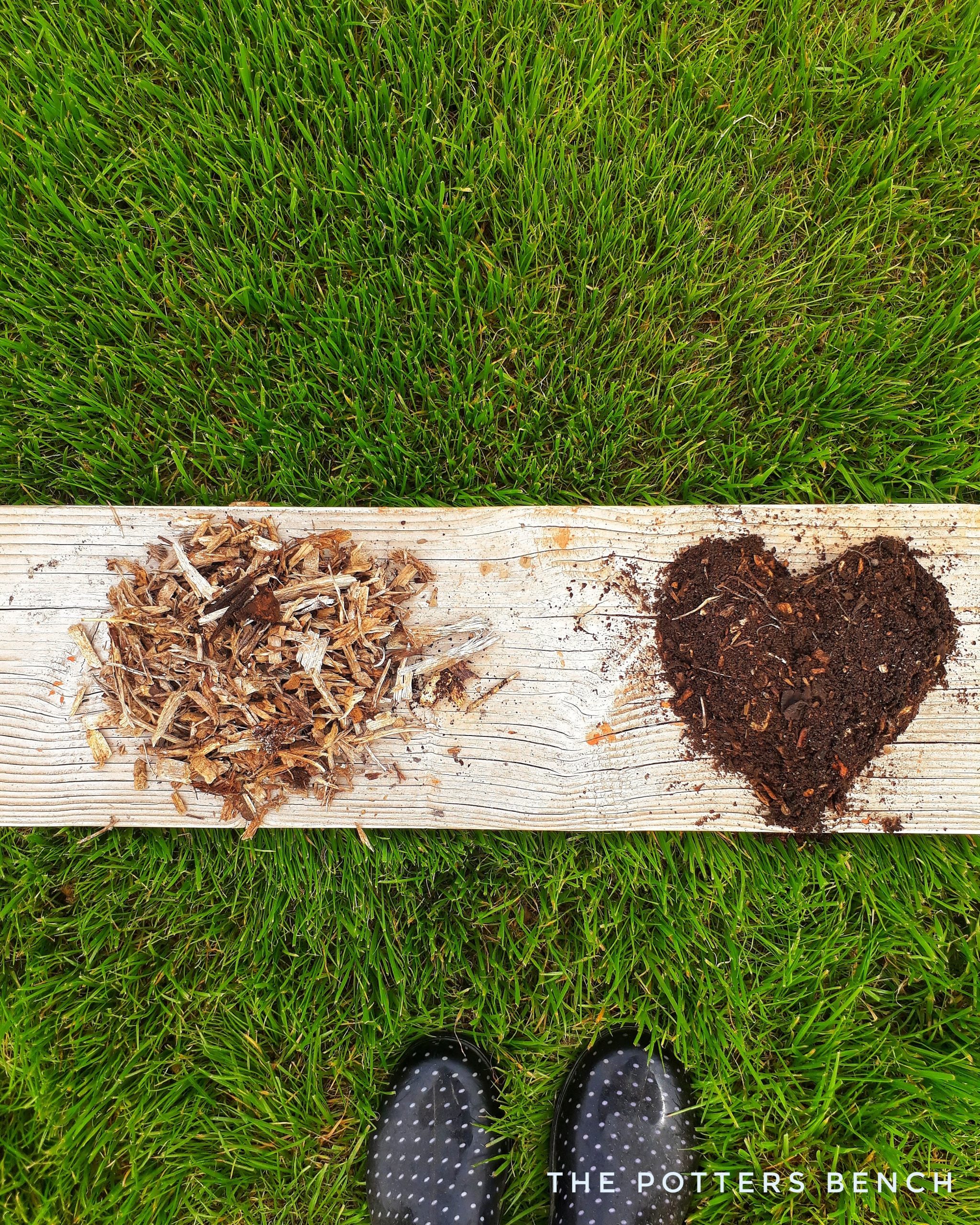How To Cheat At Composting And Get Away With It

How To Cheat At Composting And Get Away With It
Compost is the single most important ingredient in soil building. For millions of years, organic material has naturally decomposed without human intervention and mixed with dirt to create an environment suitable for plant life.
This environment contains microorganisms that recycle organic material, make nutrients, create soil and build an ecosystem that aids in plant growth and health - whether in a rainforest or a home garden.
“Cold composting” is the process of allowing decay to occur naturally often taking years. “Hot composting” is how humans cheat at composting - it is the art of speeding up the decay of organic material to build soil at an accelerated rate.
Below are four ways to cheat at composting and get away with it.
Pile tall but small
It is important to make your compost pile as tall as you can so that it can generate the heat required to compost quickly. A short compost pile that is less than a foot deep will take longer to heat up and compost, and will take longer to grow the microbes needed for composting. In addition, cut compostable items into small pieces less than two inches in diameter. Doing so will help speed up decomposition as smaller items tend to break down faster than larger ones.
Layer browns and greens
The simplest formula for composting is putting down a layer of “browns,” then adding an equal-sized layer of “greens.” As new material is added, it should be in alternating layers of browns and greens. Equal layers tend to quickly break down into an ideal ratio of carbon and nitrogen, which feeds microorganisms and helps them grow. Carbon dioxide and heat are then released as byproducts. Browns can include wood chips, dry leaves, junkmail (not colored newsprint) and even paper towels - anything that is organic material that is in a stable state. Greens include fruit, eggshells, green leaves, and other food waste. Think of your green layer of compost as a vegetarian who eats eggs, but doesn’t consume meat, milk, cheese, other dairy or anything greasy, including pizza.
Add water and cover
Composting materials must stay moist to quickly and efficiently break down. Ensuring that the compost pile stays moist - but not wet - is critical. Keeping compost covered can help in retaining its moisture content. If compost dries out, microorganisms will struggle to survive. If it gets too wet, it will rot and have an unpleasant odor. To determine if you have the right moisture content, squeeze the compost in your hands while wearing gloves. If water drips out, it is too wet. If it immediately falls apart as raw compost materials, it is too dry. If it compacts together - even if it crumbles afterwards, it has the right amount of water.
Stir materials and simmer
Compost also needs oxygen in order to break down. Stirring once a day will help compost break down fastest; however, most composters will stir their compost pile about once a week. Don’t stress about forgetting to stir as the material will still break down over time, however, it will take longer the less you agitate the pile. There are dozens of ways to stir your pile. One of the most common is taking a pitchfork or rake and bringing as much of the bottom material to the top as possible. Once it is stirred, make sure you allow it to simmer. The heat normally reaches temperatures of 130-150 degrees Fahrenheit during the composting process. While a thermometer is not necessary, it can be satisfying to see how hot the pile gets.
Because it is a natural process, any compost pile that has been forgotten can be resurrected. And, composting will happen whether or not you hurry it along. A good compost pile smells earthy and does not attract additional pests. If done correctly, compost becomes soil quickly and provides vital nutrients wherever it is placed.
To find out what webinars or live classes are available for free click here!
Photo credit: The Potters Bench
https://www.instagram.com/the_potters_bench/

